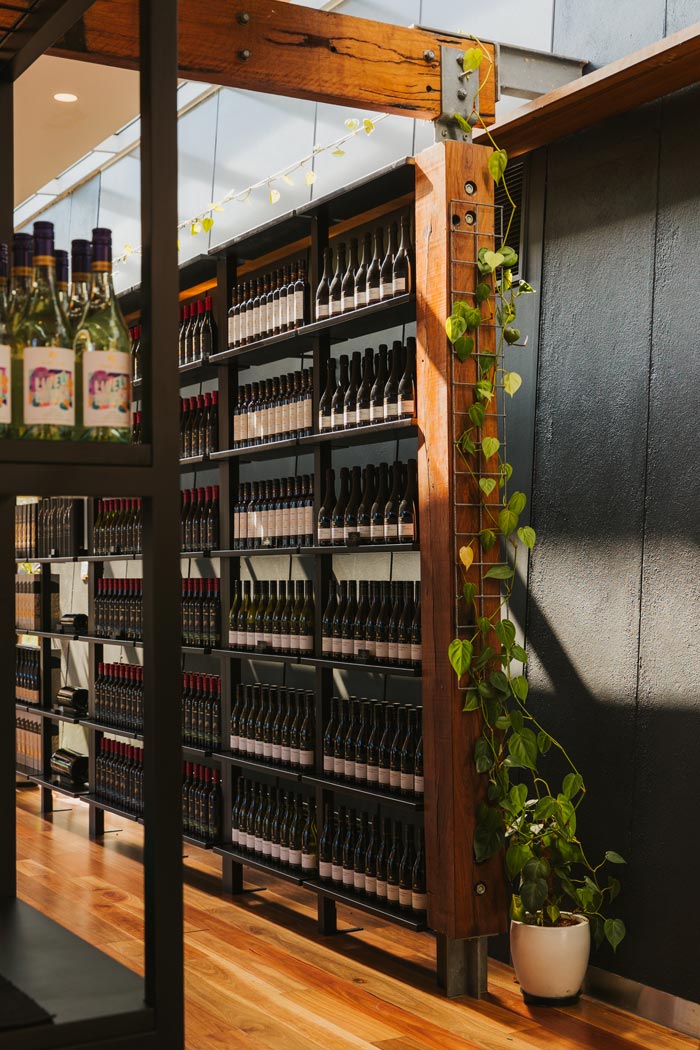The Crucial Role of Lighting in Commercial Interior Design
In the realm of commercial interior design, where aesthetics and functionality converge, lighting stands as a silent yet powerful design element. Often overlooked, lighting has the ability to transform a space, creating ambiance, enhancing productivity, and influencing the overall experience of the end user.
Setting a Mood:
Lighting has a profound impact on the mood and atmosphere of a commercial space. Whether it’s a retail store, restaurant, or office, the choice of lighting fixtures and their placement can evoke specific emotions and set the tone for the overall experience. For example; Warm, ambient lighting creates a cozy and inviting atmosphere, encouraging patrons to linger and enjoy their dining experience.
Enhancing Visual Appeal:
Well-designed lighting can highlight architectural features, merchandise, and branding elements within a commercial space. Whether it’s accentuating a product display in a retail setting or illuminating a focal point in an office lobby, strategic lighting can draw attention to key areas, enhancing the visual appeal and making a lasting impression on visitors.
Boosting Productivity:
In office environments, the right lighting is crucial for promoting productivity and employee well-being. Natural light is known to have a positive impact on mood and energy levels, so incorporating large windows and skylights can contribute to a more vibrant and dynamic workplace. Additionally, task lighting at individual workstations ensures that employees have adequate illumination for their specific job functions.
Creating Brand Identity:
Lighting can play a significant role in reinforcing a brand’s identity. Consistent use of lighting styles, colors, and intensity across different locations or within a single establishment helps build a cohesive brand image. Whether it’s a luxury retail store with sophisticated lighting or a tech company with modern and innovative lighting solutions, the lighting design should align with the brand’s personality and values.
Adapting to Functionality:
Different commercial spaces have diverse functional requirements, and lighting design should be tailored accordingly. For instance, a flexible lighting system in a conference room allows for different lighting scenarios, accommodating presentations, collaborative discussions, and focused work sessions. Smart lighting solutions can provide adaptability to meet the evolving needs of a space throughout the day.
In the dynamic world of commercial interior design, lighting emerges as a design element with far-reaching implications. Its ability to shape ambiance, enhance visual appeal, boost productivity, reinforce brand identity, and adapt to functionality underscores its importance in creating successful and impactful commercial spaces. As businesses increasingly recognize the multifaceted role of lighting, the art and science of illuminating spaces continue to evolve, promising a future where every commercial interior is a harmonious blend of aesthetics and functionality, bathed in the perfect light.


